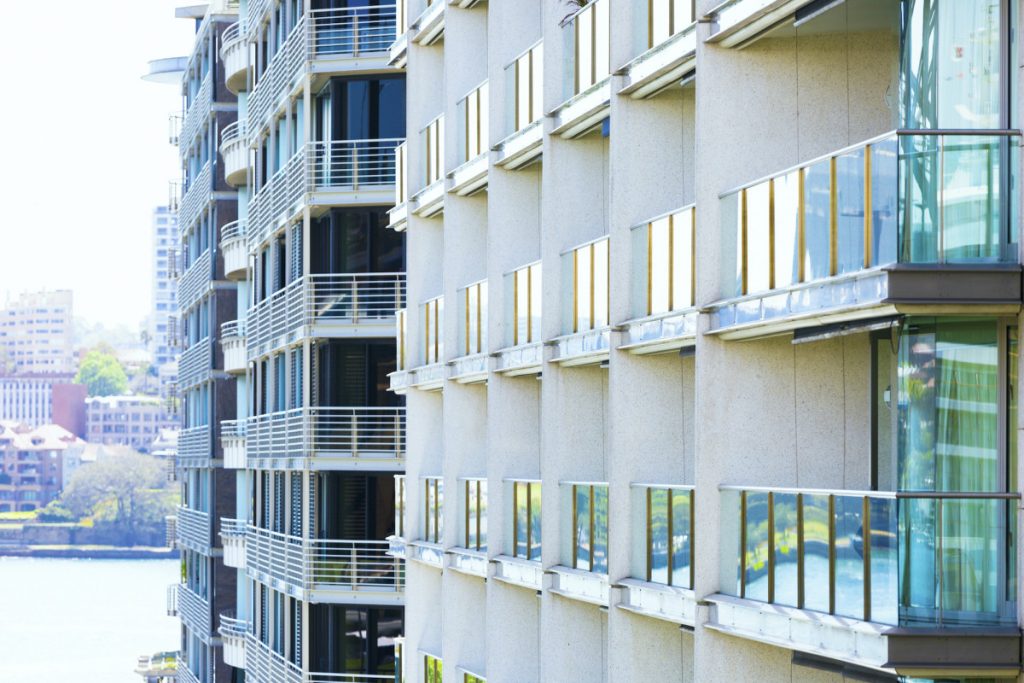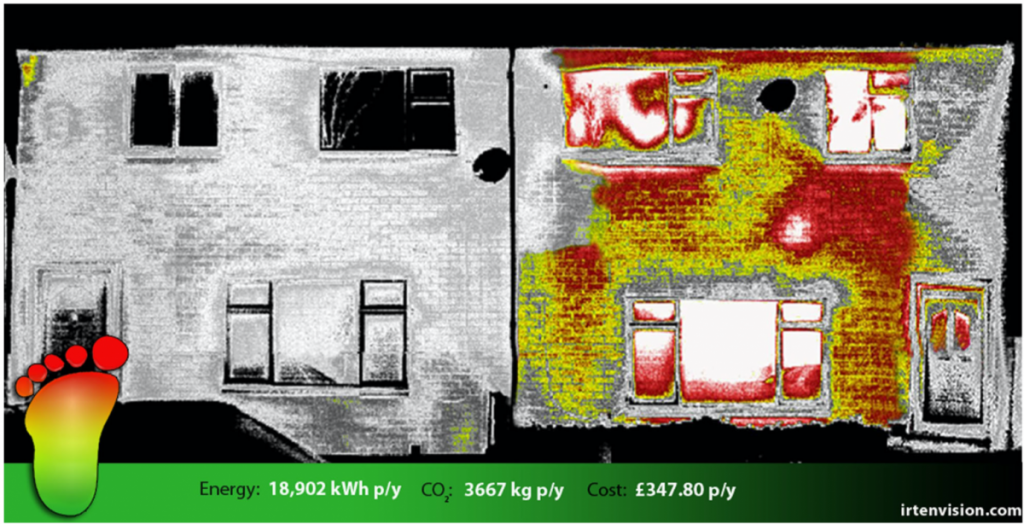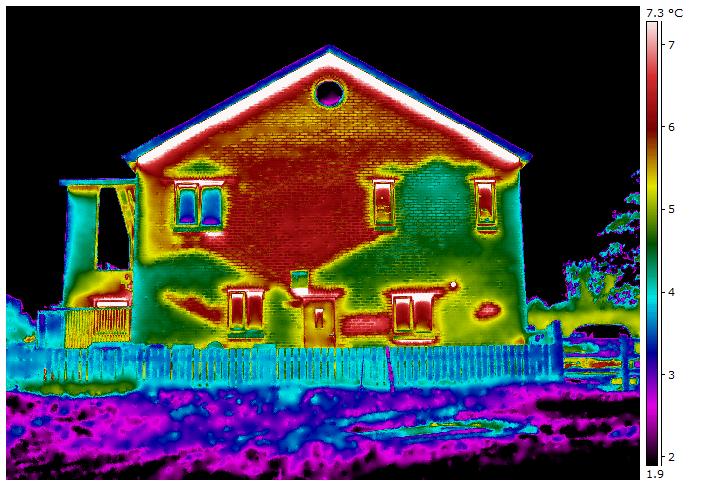Address
Unit F, Prospect Business Centre, Dundee, DD2 1TY
Work Hours
Monday to Friday: 08:30 - 17:00
Sat-Sun Closed.
Address
Unit F, Prospect Business Centre, Dundee, DD2 1TY
Work Hours
Monday to Friday: 08:30 - 17:00
Sat-Sun Closed.

As fuel poverty grows and the climate crisis deepens, local authorities and housing associations are seeking solutions that protect residents. Stewart Little, CEO of IRT Surveys, explains why these problems are intrinsically linked – and how data-driven retrofits offer a way forward.
According to National Energy Action (NEA), around four million UK households are currently in fuel poverty. With the energy price cap increasing by a staggering 54% from April, this number is expected to climb by two million. Social housing landlords across the country are looking for answers that make environmental, social, and financial sense.
At the same time, the UK has some of the most energy inefficient housing stock in Europe. Approximately 35% of heat escapes through our walls, while 25% escapes through our roofs. Such wasteful homes not only require more energy to heat, resulting in more fossil fuels being burnt and more carbon emissions produced, but are putting a massive financial strain on residents who can little afford it. Case in point is the £1,894 utility bill discrepancy between the least energy efficient homes versus the most.
Large-scale retrofits provide hope – for both the climate crisis and fuel poverty. By improving a home’s efficiency, energy consumption and carbon emissions can be reduced by 60%. This equates to bill savings of approximately £500 to £800 per year per household – putting money back in residents’ pockets.

However, retrofits require data which many housing associations and local authorities lack. One of the most effective ways to supply this is to combine thermal imaging with open data sources on archetypal building performance.
Thermal imaging works by measuring areas of energy loss in a building and removes the bias of human surveys. The collected data can then be analysed using artificial intelligence (AI) and combined with open, archetypal building information to give an accurate insight into a home’s energy usage and energy waste.
Once this information is gathered and presented, housing providers will have an objective view on what’s needed to plan projects. This is vital as it allows retrofit measures to be chosen which optimise energy consumption reduction and bill savings – empowering the right choice for the planet and for residents.
Forecasting energy and carbon savings at the planning stage is an important part of the retrofit puzzle. But too often, expectation proves different to reality. This is where risk quantification comes in.
By understanding the likelihood and magnitude of project underperformance, housing associations can be assured that the outcomes they anticipate will happen. They can align the retrofit measures that affect the greatest positive impact on residents and the climate with what will work in practise – offering a clear roadmap for successful execution.

While large-scale retrofits have been championed by the UK government for tackling both the climate emergency and fuel poverty, a critical funding deficit exists. Retrofitting all social homes to net zero carbon will cost £104 billion. And so far, only £3.8 billion has been set aside by the government.
Indeed, lack of funding is consistently cited as the biggest hurdle facing project execution, exacerbated by housing associations and local authorities’ poor balance sheet capacity and existing budget constraints. Access to efficient, private finance is desperately needed. Thankfully, the data-driven insights described above go a long way to solving this challenge.
By combining thermal imaging data, advanced AI modelling, and risk quantification in an ecosystem approach, project outcomes can be guaranteed through insurance policies. This backstops underperformance and provides confidence to private funders. In turn, this unlocks efficient, Environmental, Social and Governance (ESG) finance. And since insurance enables risk transfer, off-balance sheet treatment is possible. Such a methodology allows housing providers’ existing budgets to be leveraged several times over – maximising the size of projects.

IRT Surveys, a technology-led, net zero pathfinder, has recently partnered with climate tech company Tallarna to provide a turnkey solution for retrofit identification, design, insurance, funding, and contracting.
The partnership offers housing providers the ability to plan financially viable retrofit projects across thousands of properties at a time. Customers enjoy a data-driven view into retrofit outcomes, with their risk quantified and insured, and both private and public funding availability outlined.
Preventing the most vulnerable in society from choosing between heating and eating must be the priority. Data-driven decisions at every stage allow social landlords to realise significant CO2 reductions while ultimately ensuring affordable warmth for residents.
For further information, visit: www.irtsurveys.co.uk and www.tallarna.com
This is a repost of an article, please find the original post here: